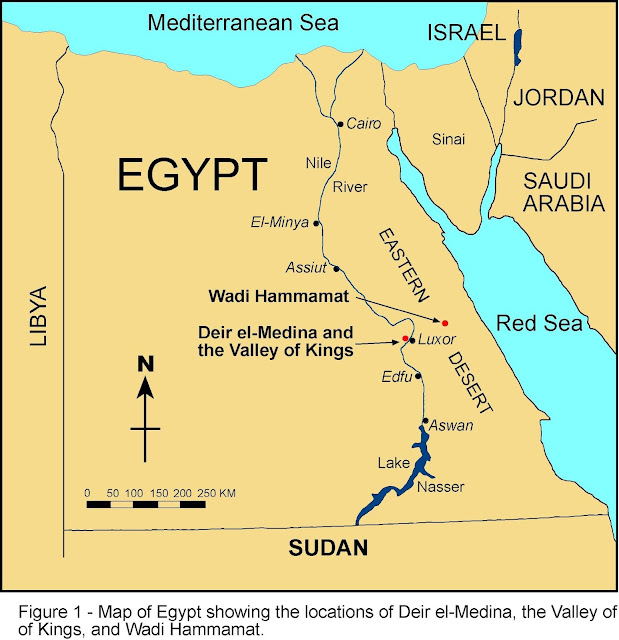Arab Spring and its Reasons
The Arab Spring is a term used for the anti-government protests, uprisings and demonstrations that were prevalent in much of North Africa and the Middle East starting around late 2010. What began as a handful of protests sparked by a single self-immolation ignited Tunisia, and then moved to other nations, demanding decades old corrupt authoritarianism and worldwide economic problems. While the Western media like to call all that developed Arab Spring, in fact it was a Real sprit of freedom, dignity and a hope for better future!. It is often inspired by earlier democratic movements, for example the European revolutions of 1848, the so-called Springtime of Nations, and the Prague Spring in 1968.
Origin and Spread:
The very first flame lit in Tunisia, back in December 2010, when a young destitute fruit vendor Mohamed Bouazizi set himself on fire in protest against police corruption and harassment. The tragedy resonated with millions whose government had a long history of draconian policies and no opportunity. The protests that ensued saw long-time Tunisian president Zine El Abidine Ben Ali ousted, in scenes which then became replicated across the border. Soon after Egypt, Yemen, Libya, Syria and Bahrain were met with protests however results from the countries differed greatly.
Although Egypt and Tunisia experienced relatively quick changes in leadership, the uprisings developed over years of prolonged conflict in Yemen and ongoing civil war in Syria, which also grew into a regional proxy war. issues.
Key Causes of the Arab Spring
Youth Bulge and Unemployment
Arab countries, home to a population of over 423 million, have a high proportion of youth, with two-thirds of the population under thirty. This youth majority, combined with high levels of education but limited job opportunities, created a volatile situation. Frustration grew as young people with degrees and aspirations faced chronic unemployment, contributing to a sense of hopelessness and a desire for change. This "youth bulge" fueled many of the protests, as younger generations sought an end to stagnant economies and the rigid political systems that restricted their futures.
2. Economic Challenges
While some Arab countries were not the poorest in terms of economic metrics, the economic structure often failed to meet the needs of the average citizen. In Tunisia, for example, while there was employment, wages were low, with half of the population earning below $5,000 per year. In Egypt, the per capita income was about $6,200, but high food and fuel prices made life expensive, pushing many people toward economic vulnerability. This disparity created a divide between the ruling elites and ordinary citizens, who struggled to make ends meet and felt excluded from the nation’s economic growth.
3. Dictator Rule
For decades, many Arab states had been ruled by long-standing autocratic leaders. By 2011, Hosni Mubarak had governed Egypt for over 30 years, Tunisia’s Ben Ali had ruled since 1987, and Libya’s Muammar al-Qaddafi had been in power for 42 years. These leaders were perceived as self-serving, ruling in their own interest rather than for the people. Under their governance, state resources were often misused, and citizens were denied basic political freedoms. Such oppressive rule created resentment that ultimately turned into anger, protest, and in many cases, revolution. In Tunisia, the first protest against Ben Ali’s regime began on December 18, 2010, leading to his ousting within a month, sparking hope that other dictators could be removed as well.
4. Social Media
The rapid spread of social media during the late 2000s transformed communication in many Arab states, where traditional media was heavily censored. Social media platforms like Facebook and Twitter allowed citizens to organize protests, share ideas, and bypass state-controlled media. In Egypt, activists used Facebook to announce the first large-scale protests, creating an online space for open dissent and mobilization. This unique dynamic made the Egyptian uprising particularly swift, leading to the end of Mubarak's 30-year rule in just 18 days. The movement became known as the Facebook Revolution, showing how technology could be a powerful tool in challenging authoritarianism.
5. Corruption
In many Arab states, leaders and elites were widely perceived as corrupt, siphoning off national wealth for their own benefit while ignoring the needs of the general population. This corruption deepened economic inequalities, creating a situation where the elites thrived, and the majority struggled. The economic hardship faced by citizens was compounded by their leaders’ dishonesty, further fueling resentment. The widespread feeling that governments were not working in the people’s best interests drove many to protest in hopes of removing corrupt officials and building a more just system.
Aftermath of the Arab Spring
In the case of Yemen, the protests morphed into a protracted conflict with international involvement, largely influenced by the geopolitical rivalry between Saudi Arabia and Iran. This prolonged violence has left Yemen in a state of humanitarian crisis, illustrating how calls for change, though genuine, can sometimes lead to destabilization and suffering when compounded by external interference.
The Arab Spring demonstrated both the power and limitations of grassroots movements in authoritarian states. It showed that people, when united by a common cause, could challenge longstanding rulers. Yet, it also highlighted the complexities of transforming such uprisings into stable governance, especially when external powers, entrenched elites, and deep-seated divisions complicate the path to reform. The region continues to grapple with the legacy of these events, as some countries inch toward political and economic reform while others remain trapped in cycles of conflict.




Well done
ReplyDelete